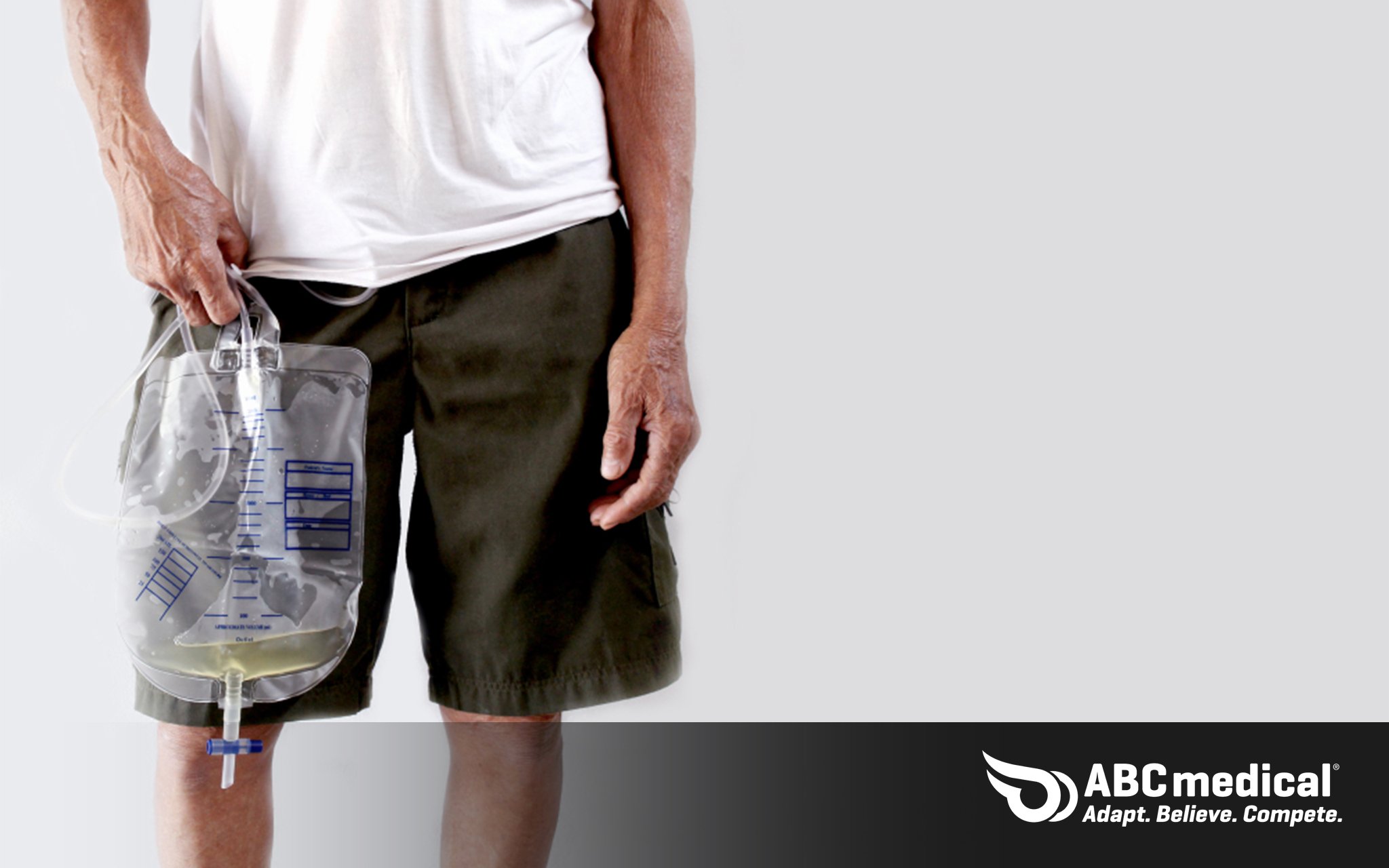For individuals living with chronic conditions, life can be stressful. The disease and the treatment may cause unpleasant side effects, such as pain, nausea, fatigue, anxiety, or depression.
Palliative care is a field of specialized medical services that helps individuals and their loved ones live comfortably during treatment for cancer, throughout the management of non-curable chronic conditions, or at the end of life. Metastatic cancer and other conditions such as COPD, end-stage renal disease or advanced heart disease are examples of chronic conditions where palliative care can be helpful.
Amy Landrum, AGNP-C CWOCN
Recent Posts
Palliative Care and Hospice: Prioritize Quality of Life at all Stages of Serious Illness
Sep 27, 2023 12:44:04 PM / by Amy Landrum, AGNP-C CWOCN posted in independence, Living Well
From Tips to Funnel Ends: Definitions for Common Urinary Catheter Terminology
Sep 6, 2023 2:08:12 PM / by Amy Landrum, AGNP-C CWOCN posted in independence, customer service
Patients with conditions that can cause urinary incontinence—such as prostate cancer, spinal cord injuries, or urological trauma—have a lot of choices to make regarding catheter use.
Should I do intermittent cathing? Or get an indwelling catheter? What’s the difference? And what the heck is a French size?
From tried-and-true products to innovative designs for athletic and on-the-go lifestyles, catheter options are seemingly endless. Getting the best fit and style starts with learning the right words to describe the products you need.
5 Questions You Should Be Asking About Prostate Cancer
Aug 30, 2023 4:26:49 PM / by Amy Landrum, AGNP-C CWOCN posted in prostate cancer, cancer survivor, education, Health Tips
In today’s article we will review 5 important things to discuss with your doctor regarding prostate cancer. Before we do that, let’s do a quick review of what the prostate is. The prostate gland is located below the bladder, is about the size of a walnut, and your urethra passes through it. The prostate is essential for reproduction, as it produces fluid that helps transport and protect sperm cells. Prostate cancer develops when abnormal cells grow in the prostate gland, creating tumors. Prostate cancer is the second most common cancer in the United States for men but highly treatable when caught in the early stages.
Top 10 Ways to Reduce Your Risk of Prostate Cancer
Aug 30, 2023 3:57:42 PM / by Amy Landrum, AGNP-C CWOCN posted in prostate cancer, cancer survivor, education, Health Tips
Approximately 13% of men in the United States will get prostate cancer during their lifetime. Genetics and age play a large part in those statistics, but lifestyle choices may also impact risk. In this article, we are going to share 10 ways you can help reduce your risk of Prostate Cancer. Certain lifestyle changes may reduce the risk of developing more aggressive forms of prostate cancer, and may bring improved outcomes for individuals diagnosed with prostate cancer. Keep reading to learn more about the things you can do to help lower your risk of cancer and live a longer and healthier life.
Return to Work Confidently: Tips for a Smooth Transition after Ostomy Surgery
Jun 21, 2023 6:11:47 PM / by Amy Landrum, AGNP-C CWOCN
If you have had ostomy surgery, you may be wondering, or even concerned, about what it will be like to return to work with a stoma. Take heart in knowing that many people successfully work with an ostomy. There is a good chance you have met someone who is doing just that – you just didn’t realize they had a stoma. People with stomas work in every type of job imaginable, from offices to hospitals, to construction sites to public transportation. With a little planning and the proper supplies, the vast majority of workers should be able to confidently return to the job and resume their usual activities.
Hydrophilic Catheters: Everything You've Always Wanted to Know!
Jun 21, 2023 6:11:33 PM / by Amy Landrum, AGNP-C CWOCN
Medical technology is always evolving. Catheters are no exception. Most catheter users are familiar with the concept of applying lubricant to a catheter prior to insertion; however, there is another type of catheter available that self-lubricates and eliminates the need for added lubricant. This type of catheter is called a hydrophilic catheter.
Cathing on a Schedule: Why It Might Be a Fit for You
Jun 21, 2023 6:11:10 PM / by Amy Landrum, AGNP-C CWOCN
As a user of intermittent catheters, you may be wondering how frequently to empty your bladder. Additionally, if you have an underlying condition such as spinal cord injury or other forms of nerve damage, you may have reduced sensation and not “feel” the urge to urinate. In these situations, your healthcare provider may recommend a cathing schedule. Today we will discuss the benefits of adhering to a catheterization schedule and some tips to help you get started and stay on track.
Why Ostomy Support Programs Can be a Game-changer for Many Individuals
Jun 21, 2023 9:10:23 AM / by Amy Landrum, AGNP-C CWOCN
In this article, we will provide you with resources that can offer exceptional education and support to individuals living with an ostomy.
Life with Catheter Supplies: Cleaning Your Urinary Drainage Bag
Apr 21, 2023 9:00:00 AM / by Amy Landrum, AGNP-C CWOCN
Urine drainage bags are, simply stated, storage bags that collect urine for individuals who cannot urinate on their own. They are typically used with catheter supplies such as Foley catheters, external catheters (condom catheters), urostomy pouches, or nephrostomy tubes. The urine drainage bag attaches to the urinary device with flexible tubing. Drainage bags are then emptied as needed into the toilet or another receptacle.
A foley catheter, which is used by people with urinary retention who cannot empty their bladder on their own, is a flexible tube placed into the bladder to allow urine to drain into a collection bag. They are typically used when other methods of drainage have been unsuccessful, such as intermittent catheterization, surgical procedures, or medicines to restore urine flow. Foley catheters may also be used in patients who are very ill as a means of keeping them clean and dry. While foley catheters are not appropriate everyone, they serve an important purpose for many patients with urinary issues. Today we will explain how foley catheters work, along with best practices for caring for foley catheters at home.












